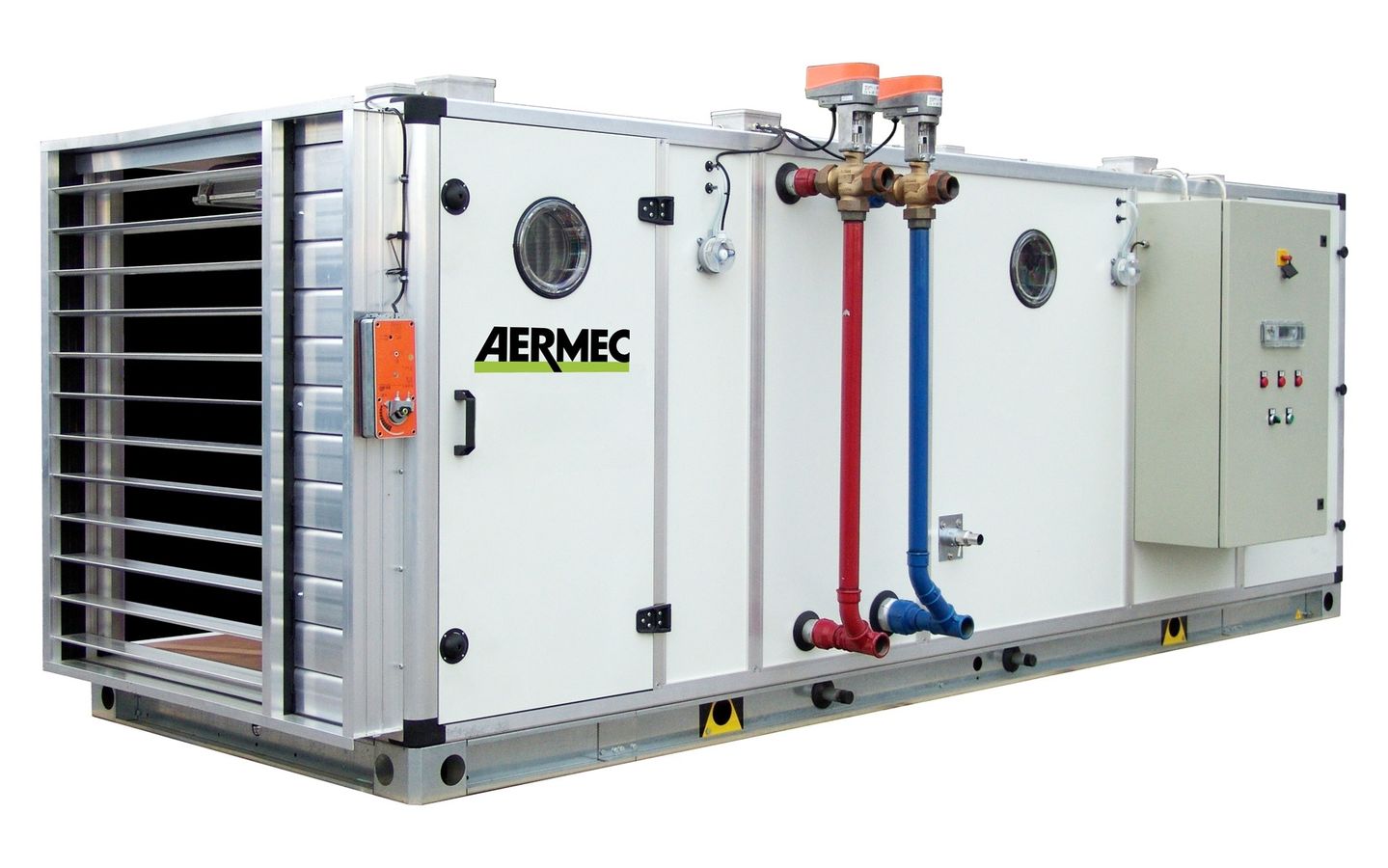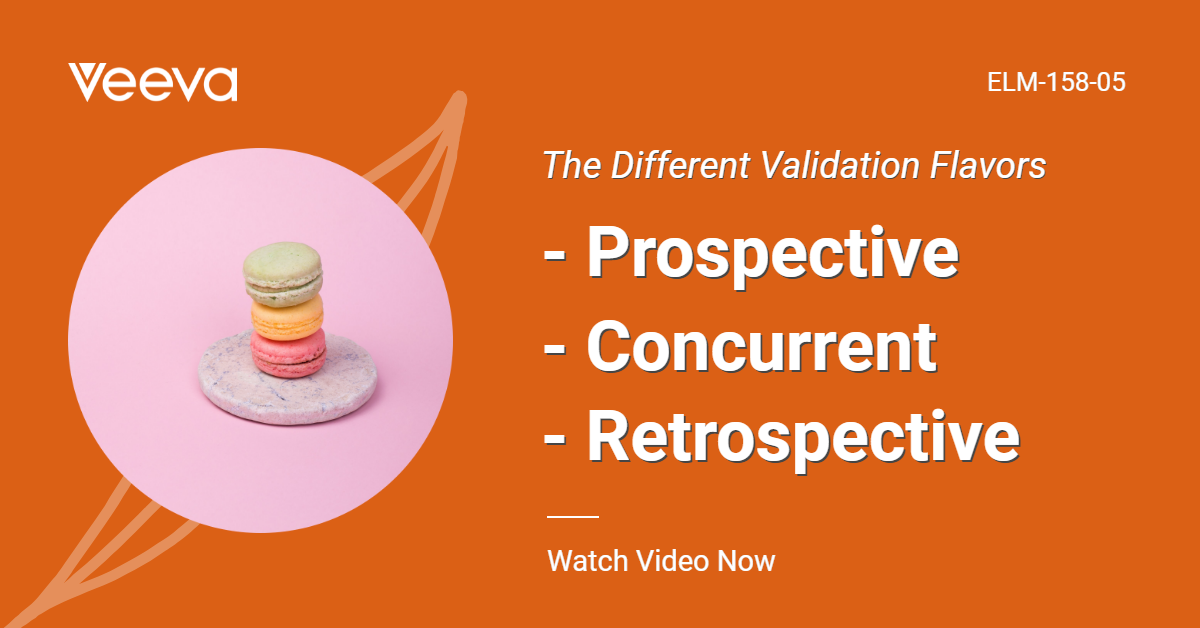The degree of cleanliness of air in the pharmaceutical manufacturing and related operations area should be established depending on the characteristics of products and operations in the area.
In order to establish and maintain such standards, careful attention has to be exercised to keep the standards from the stage of design and construction through to the monitoring in the stage of routine operations.
Air Quality
A total air handling system, covering the open air intake, treatment, the supply to the manufacturing area, and the exhaust, should be designed and validated. The handling system contains units or prefiltration, temperature and humidity control, final air filtration, return and exhaust. When the air is supplied to the manufacturing area, care is required in maintaining the required air quality during the operation or at the point of product exposure to the environment.
This point is closely related to the layout and construction features of the manufacturing area.
- The air flow from the critical or most clean area to the surrounding area; that is, the less clean area. For this purpose, rooms used for the manufacturing operation have to be laid out according to the order of the required air cleanliness.
- In order to maintain the air cleanliness in the area and airflow, the amount of air supplied and exhaust have to be balanced to keep the designed air exchange ratio, airflow pattern, and air pressure differentials. In each room the operation site should be maintained in the most suitable status.
For each purpose, the following items must be carefully controlled.
- Locations and number of air supplies
- Locations and number of air exhausts
- Ratio of air exchange
- Return ratio of exhaust air
- Location of local air exhaust, if necessary
- Airflow pattern at the site of product exposure
- Air velocity at the point of product exposure
These features have to be well designed, installed, validated, and maintained. Critical operation has to be performed under the unidirectional airflow (laminar airflow). Air turbulence deteriorates air quality by intake of air from surrounding less clean areas.
The amount of air supplied and exhausted is related to the air pressure differentials. After the system is validated, air quality should be continuously monitored and maintained during manufacturing operations.
Filters used for the prefiltration and final filtration should be maintained to operate to their design specifications. Deterioration of filters is caused by leakage and/or accumulation of particles. The former is tested by periodical integrity test (usually dioctylphthalate DOP test), and the latter is tested by the increase of air pressure differentials between the upstream and downstream sides of the filter.
Regulations and Standards
All of the environmentally-controlled areas of pharmaceutical manufacturing and its related areas should meet the requirement of air cleanliness, which is expressed as classification specified by official standards, such as ISO (International Organisation of Standardisation) or FED-STD (U.S federal standard) 209, and/or GMP.





